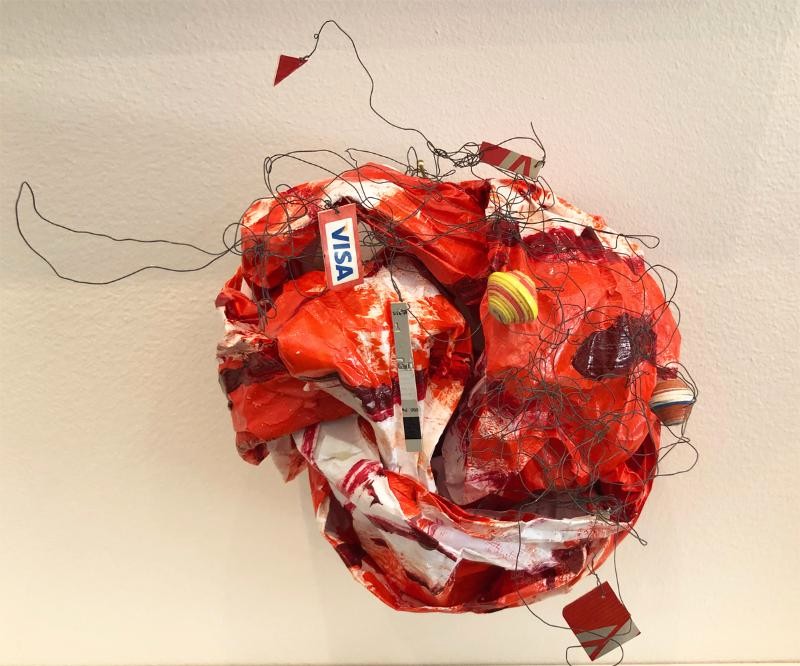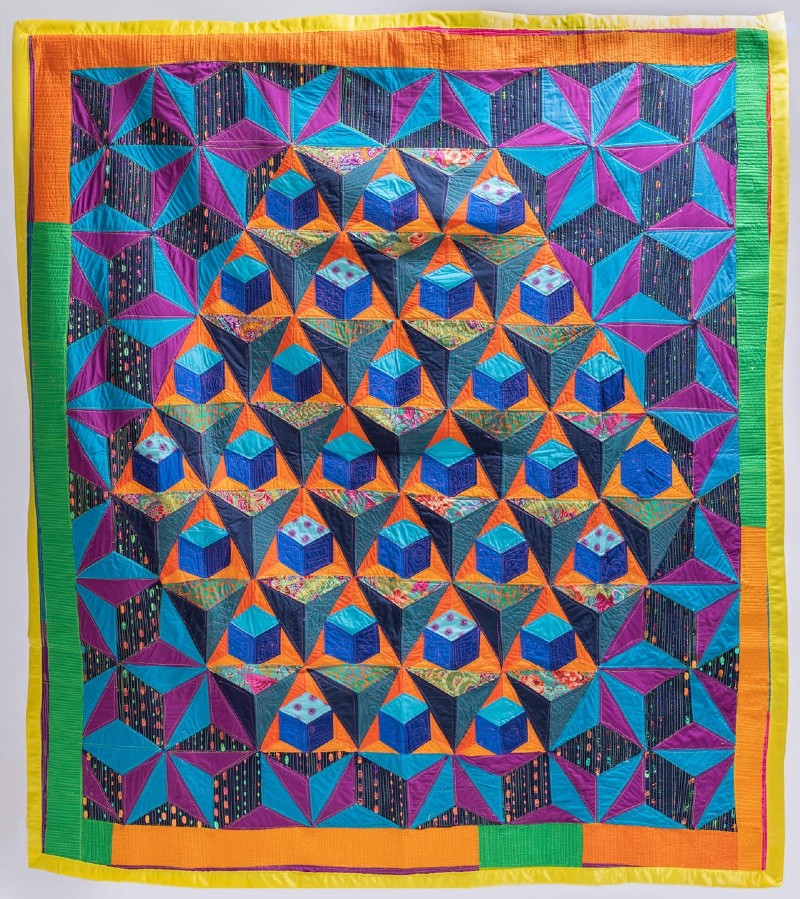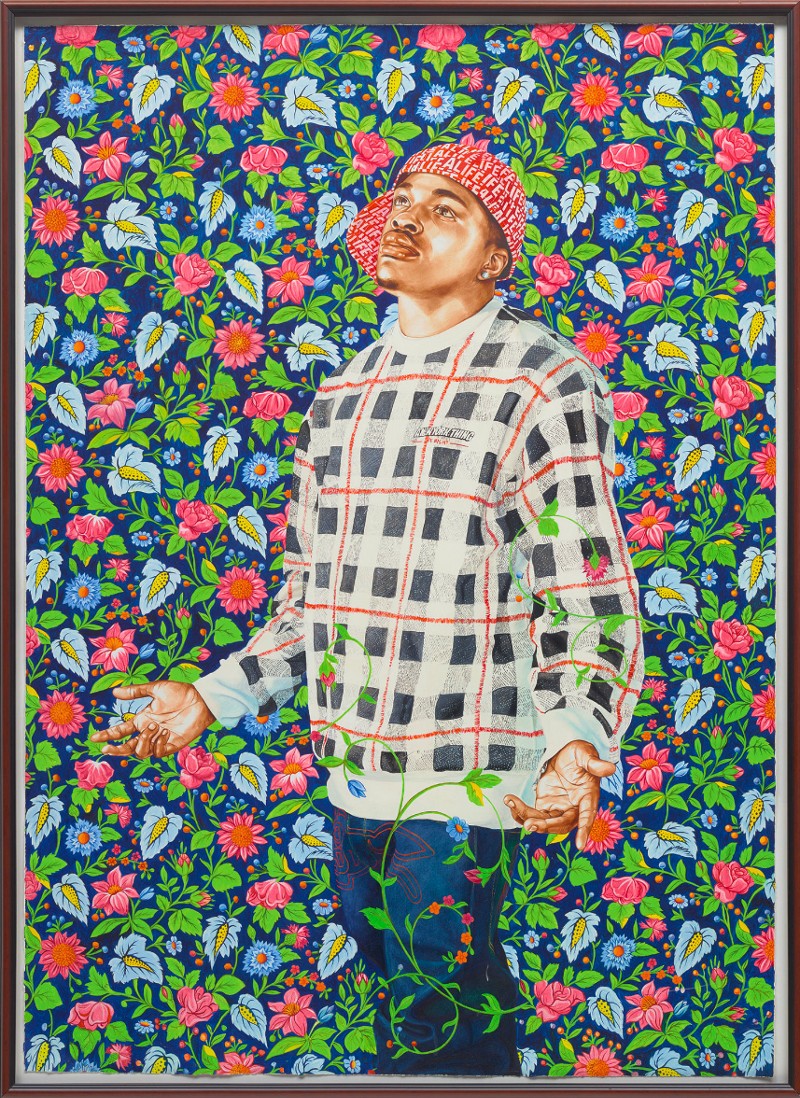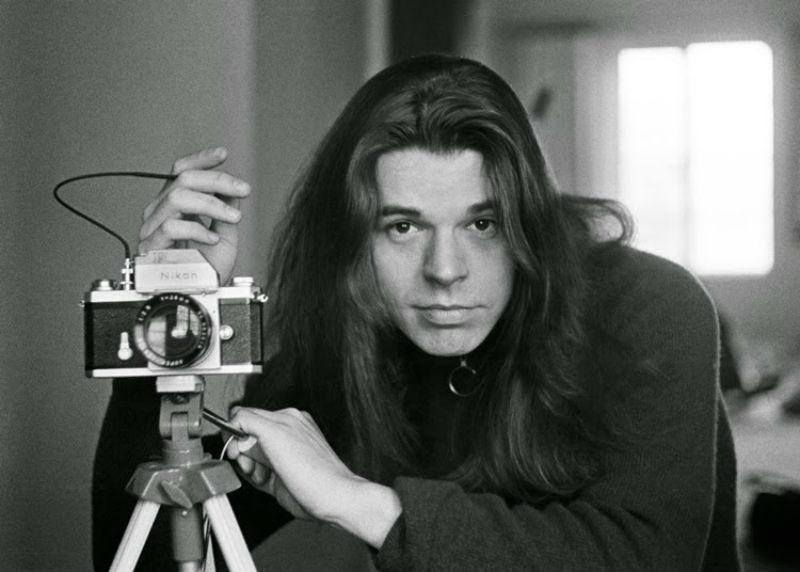Encore Musical Theatre’s Fats Waller tribute "Ain’t Misbehavin'" struts and swaggers

Thomas Wright “Fats” Waller was only 39 years old when he died of pneumonia but in that short life the effervescent showman, composer, singer, master pianist, and amiable comic packed in a lot of life.
The Broadway hit Ain’t Misbehavin’, conceived by Richard Maltby Jr. and Murray Horowitz, is not a musical biography of Waller but rather an infectious presentation of his music and a rollicking recreation of the pianist's uptown swing.
The Encore Musical Theatre Company is taking its audience back to a swank Harlem club to experience that other time and place. Director and choreographer Gerry McIntyre presents a polished, sassy, and moving production that swings from happy-go-lucky and downright sexy to a bit more reflective tone. That arc gives a portrait of Waller that explains his life more than a lecture ever could.
University of Michigan Museum of Art’s expansive "Watershed" exhibit flows through the political and social history of the Great Lakes region

University of Michigan Museum of Art’s (UMMA) Watershed exhibition comments on the complicated relationship the Great Lakes region has with water. Despite the area's broad access to fresh water, cities like Flint have endured ongoing water crises, rivers like the Huron are impacted by contaminating spills, and the Great Lakes watersheds continue to degrade.
The exhibit brings together a diverse group of 15 contemporary artists whose works focus broadly on the Great Lakes area. Watershed offers wall text in both English and Anishinaabemowin (translated by Margaret Noodin and Michael Zimmerman, Jr.) in recognition of the Anishinaabeg (commonly referred to as Ojibwe) being indigenous to the Great Lakes region.
Watershed is complex and expansive. As curator Jennifer Friess states, it “immerses visitors in the interconnected histories, present lives, and imagined futures of the Great Lakes region.” The exhibition title refers to “the geographical network of the Great Lakes basin—the five lakes (Huron, Ontario, Michigan, Erie, and Superior) and rivers, streams, and reservoirs that feed into them.”
The artists’ engagement with the concept of the Great Lakes regions’ rich and often exploited resources vary in scope and content, offering a wide array of responses to past, present, and future iterations of activism and justice related to these waterways. Friess notes, “Many sound an alarm about the pervasive and lasting effects of corporate self-interest and extractive pollution. … All demonstrate how art can contribute to and shape current dialogues on the critical problems confronting our region.”
As noted, this exhibition features six new commissions from artists selected by the museum:
The musical "Hands on a Hardbody" explores class empathy, big personalities, and personal connections

Some narrative setups just prove too irresistible to pass up.
In the case of the musical Hands on a Hardbody, a group of down-on-their-luck Texans gather at a car dealership for the chance to win a new red Nissan pickup truck. To win, they must stand for days on end with one hand touching the vehicle at all times, and they each have their own motivations for committing to this grueling exercise—which means, of course, everyone has a unique story to tell.
Think of it as A Chorus Line for economically struggling Southerners.
This boiled-down assessment, as it happens, additionally hints at some of the inherent challenges of the show: how to toe the line delicately between caricatures and big personalities; between blue state talking points and red state realities; and between appropriation and a heart’s-in-the-right-place effort at inclusion.
But the play vacillates in its ability to pull off this delicate balance, and its structure makes the musical a series of character sketches more than a cohesive dramatic story arc with high stakes.
Yes, each person has his/her reasons for wanting the truck so badly, but in the end, we know everyone will probably be OK if they lose this contest, too.
Inspired by a 1997 documentary of the same name, and now being staged by Penny Seats Theatre in Ann Arbor's Burns Park, the two-and-a-half-hour Hands on a Hardbody premiered on Broadway in 2013 and features a book by Pulitzer Prize winner Doug Wright (I Am My Own Wife) and music by Phish frontman Trey Anastasio and Amanda Green.
Let's Go Boo: Ben Mathis-Lilley’s witty "The Hot Seat" looks at U-M's 2021 football season from a fan's perspective

One of my favorite parts of Slate senior writer (and rabid longtime Michigan fan) Ben Mathis-Lilley’s new book, The Hot Seat: A Year of Outrage, Pride, and Occasional Games of College Football is a list of fan site comments during U-M’s second game of the 2021 season.
After noting that U-M beat Washington 31-10 that night and that the Wolverines were never, for a second, tied with or losing to the Huskies, Mathis-Lilley shares three and a half pages of these in-the-moment fan perspectives. A few cheery examples: “We’re going to get killed by any offense with a pulse.” “Passing game is atrocious.” “We are not good.”
Of course it’s possible to spot a team’s flaws even when they win, but the pronounced Debbie Downer-ness of this running commentary, shared while a convincing Michigan win on national television is unfolding, makes you wonder: What more could Michigan football fans want? Good lord, would anything make us happy?
An Ode for the Anthem: Mark Clague’s “O Say Can You Hear? A Cultural Biography of the Star-Spangled Banner”

It seemed a little on the nose to be reading U-M associate professor Mark Clague’s new book, O Say Can You Hear? A Cultural Biography of the Star-Spangled Banner, on the 4th of July—at U-M’s Camp Michigania, no less—but that’s nonetheless when and where I absorbed enough national anthem-themed information to sweep an entire Jeopardy! category.
Indeed, to say Clague is thorough in his research would be a gross understatement.
Portraits in Motion: Joel Swanson's "People and Other Living Things" at 22 North Gallery

Right: Joel Swanson, Walt, 27”x48, 2019, 10-minute 4k video. Photo by K.A. Letts.
In his first solo gallery show, People and Other Living Things, Joel Swanson brings his considerable powers of observation—honed by years as a research microbiologist—to the examination of his fellow human beings.
On view weekends throughout the month of July 2022 at 22 North Gallery in Ypsilanti, the exhibit is a mix of several bodies of his work that may, on the surface, seem unrelated yet reflect different aspects of Swanson’s interest both in what can be seen by the naked eye and in what lies beneath the reach of our physical perceptions.
Swanson says in his artist’s statement:
Bits & Pieces: "The Small Details: Amy Sacksteder and Brenda Singletary" conjure meaning through assemblages at U-M's Institute for the Humanities Gallery

It all adds up in The Small Details, a two-person exhibition on view now through July 29 at the Institute for the Humanities Gallery in Ann Arbor.
Through accretion, addition, and accumulation Amy Sacksteder and Brenda Singletary conjure meaning from bits and pieces—ceramic and glass shards, wire, photos—assembling personal narratives that are highly specific in their material, but universal in their intent.
Systems & Shtetls: Mother Cyborg's "Crafting Our Digital Legacy" & Ruth Weisberg's "Of Memory, Time & Place" at Stamps Gallery

Stamps Gallery’s two simultaneous exhibitions have little in common visually, but they do share some overarching themes.
Mother Cyborg's Crafting Our Digital Legacy exhibit offers bright and captivating quilts that focus “upon our collective relationship with internet technologies, identity, legacy, and the future,” according to the text placed in the front of the gallery.
Ruth Weisberg's Of Memory, Time & Place showcases her ethereal designs and controlled color palettes in her mixed-media works.
While Weisberg’s often-muted tones and figural works contrast visually with Mother Cyborg’s dynamic abstract textiles, both artists ask us to consider where we came from and where we might be going.
You Are Invited: UMMA's "You Are Here" exhibit welcomes visitors back to the museum with works that help viewers experience the space

In March 2020, the University of Michigan Museum of Art (UMMA) was closed to the public along with countless other businesses and organizations after the announcement of a global pandemic caused by COVID-19. During that time, we were offered virtual exhibits at UMMA; then, in June 2021, in-person exhibits resumed followed by the October 2021 reopening of the museum’s classic Jonathan and Lizzie Tisch Apse, revitalized with bright, vibrant walls and artworks that interact with visitors’ senses.
UMMA’s first exhibit in the remodeled Tisch Apse is You Are Here. Curator Jennifer M. Friess writes about the joys of our renewed ability to come together in person, but she also notes that we still carry the past two and a half years with us: “While it is exciting to be together again and to see the world slowly reopen, we are also deeply impacted by what we’ve been through. This exhibition holds both of those feelings.”
Even works that have been in the space for decades seem imbued with new life.
Sock It to Me: Bob Seger’s eight most crucial forgotten songs

This story was originally published June 6, 2019, just before Bob Seger brought his farewell tour to Michigan. We're rerunning it because another Seger-related event is happening on June 26, 2022 from 3 pm to 4:30 pm at the Ann Arbor District Library's downtown location:
"Turn the Page: The Bob Seger Story with Edward Sarkis Balian"
Dr. Edward Sarkis Balian grew up in Detroit and was in a local band at the same time that Bob Seger was breaking into the music business during the tumultuous 1960s. Dr. Balian’s association has continued with Mr. Seger, as they have both shared the same entertainment attorney for over 40 years. In this interactive presentation, Dr. Balian answers questions in-depth, discusses video highlights of Seger's career, and shares many facets of Seger's personal and professional life.


































